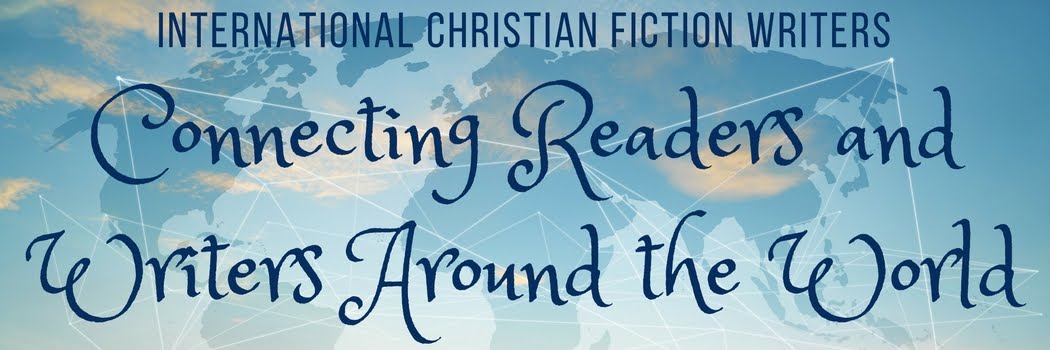The single most important thing anyone can do to succeed in any job, in any profession, is to do the job to the best of their ability. Before you release your product, your book, onto the market, it needs to be the best you are able to produce. No excuses.
Keep working at it until you get it right. This means revising, editing, getting assessments and critiques from people you trust, more revising, more editing, getting more feedback from readers, still more editing, proofreading, editing those changes, then proofreading again to make sure the editing and proofreading hasn’t added any more errors. When you are 99% sure that this is the best you can do - that’s when you seek publication, either directly or through a literary agent.
As I said in the post on Trade Publishing, if you are fortunate enough sign with an agent or get published with a traditional royalty-paying publisher, much of this will not apply to you. But if you decide to self-publish, you are going to be responsible for everything.
Once you have made the decision to self-publish, you then have to decide on the format: hardback, paperback or ebook. There is a view that you are not a “real” author if your book is not published in hardback. Virtually no Christian novels are published in hardback any more – the exceptions are large-print books and reprinted anthologies.
Your initial set-up costs (editing, cover design, book design) are the same as for hardcover, paperback or ebooks. If you decide to publish ‘real’ books, you have several choices:
- Subsidy publishing, which I don’t recommend without serious investigation into the publisher;
- Traditional offset printing, which has a lower per-unit cost but requires an initial print run of 1000 books or more, and you have to pay for them whether you sell them or not. Only recommended for those who know they can sell that number of books, e.g. publishing a non-fiction book that is a compulsory textbook for a university course so you can guarantee the sales;
- Print-on-Demand (POD), from a company such as Amazon CreateSpace or Ingram LightningSource, which has a higher cost per book but no minimum print run.
Click here for a handy graphic that explains the economics of POD vs. offset. On that basis, the best piece of advice I can give you is: sell e-books. The more you know, the less likely you are to get burned. Author Joanna Penn is firmly in favour of ebooks and POD (click here to see mistake 4 on her list).

Thank you for the info. It sounds pretty user friendly. I guess I’ll pick one up for fun. thank u.
ReplyDeleteMedical Writing Service